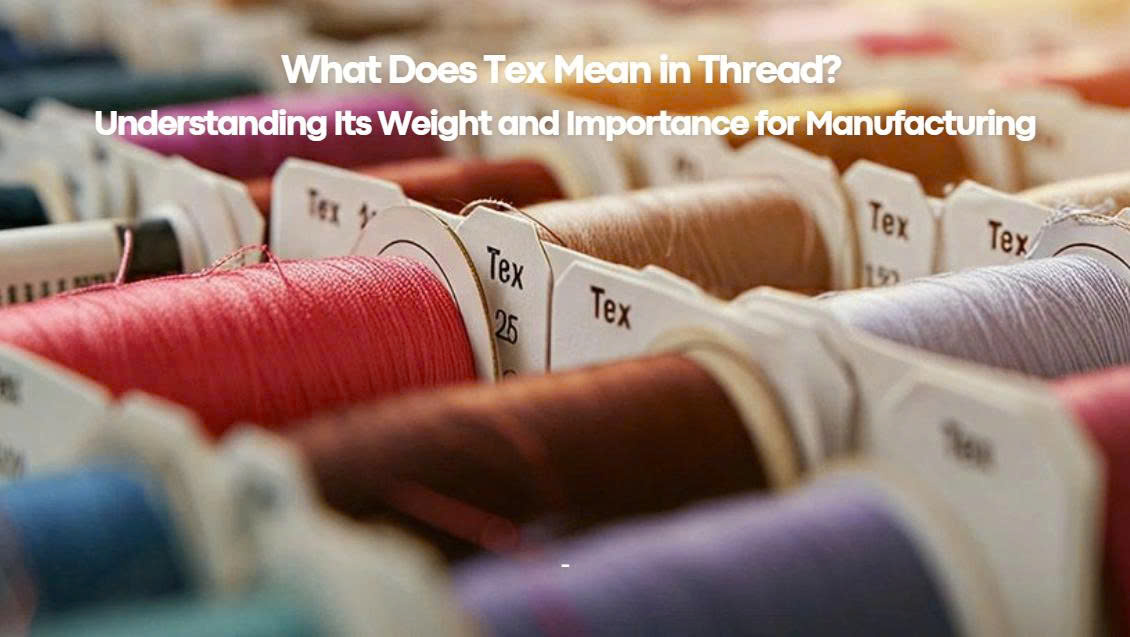Blog
What Does Tex Mean in Thread? Understanding Its Weight and Importance for Manufacturing

Thread weight is a crucial factor in textiles, influencing not only the strength and durability of seams but also the final appearance of stitches. One technical term that frequently arises in the textile industry is “tex.” If you’ve ever wondered what tex means in thread and why it matters for your sewing or manufacturing projects, this guide will clarify everything.
Whether you are a textile professional, manufacturer, or simply a sewing enthusiast, understanding tex helps you select the right thread for both function and aesthetics. Recognized by international bodies such as ISO, tex provides a standardized system for measuring thread size across the global industry.
Key Thread Terms to Know
Before diving into tex, let’s look at a few common terms used in thread measurements:
While there are multiple systems, tex offers a clear and consistent measurement that is widely accepted across the textile world.
What Is Tex in Thread?
Tex, short for “textile,” is a unit used to measure thread thickness. It is defined as the weight in grams of 1,000 meters of thread.
For example:
Since tex is a direct system, it offers an easy and reliable way to compare thread sizes without confusion.
Formula:
Tex = (Weight of thread in grams) ÷ (Length in meters ÷ 1,000)
How Tex Is Measured
Tex is determined by weighing a fixed length of thread under controlled conditions. Factors such as fiber content, spinning method, and finishing process can influence the final tex value. Even small changes in production can result in noticeable differences in thread weight, which is why tex is so valuable for ensuring consistency.
Why Tex Matters
Understanding tex helps professionals choose the right thread for specific applications. Here’s why it’s important:
Common Thread Sizing Systems
While each system has its use, tex remains one of the most straightforward and universal methods for thread measurement.
Thread Classification by Tex Value
Different sewing applications require different tex sizes:
Tips for Selecting the Right Tex
- 1Match thread tex to fabric weight – heavy fabrics need heavier threads.
- 2Consider the end use – items requiring durability (bags, shoes) benefit from higher tex.
- 3Test before production – check compatibility between fabric, machine, and thread.
- 4Seek expert advice – thread suppliers can recommend the best tex range for your project.
Final Thoughts
Tex is more than just a technical measurement—it’s a vital tool for ensuring quality and efficiency in sewing and manufacturing. By understanding tex and its impact on seam durability, fabric compatibility, and stitch quality, you can make smarter choices and achieve better results.
Whether you’re sewing delicate garments or constructing industrial products, choosing the correct tex value ensures your work is strong, precise, and professional.
